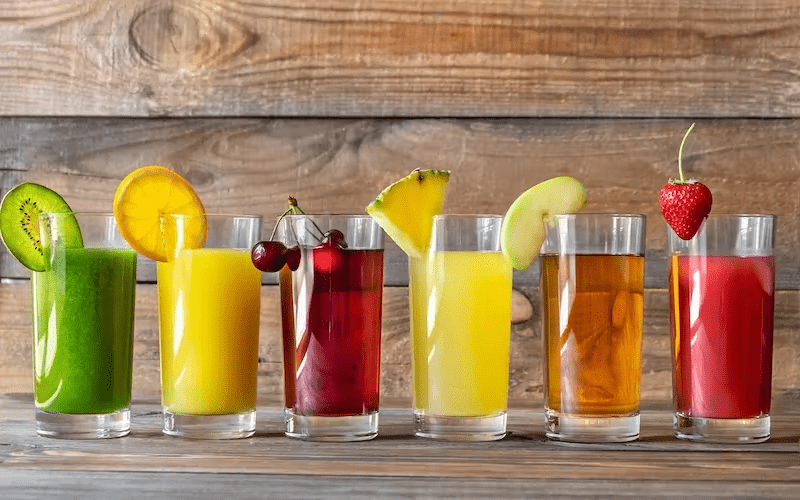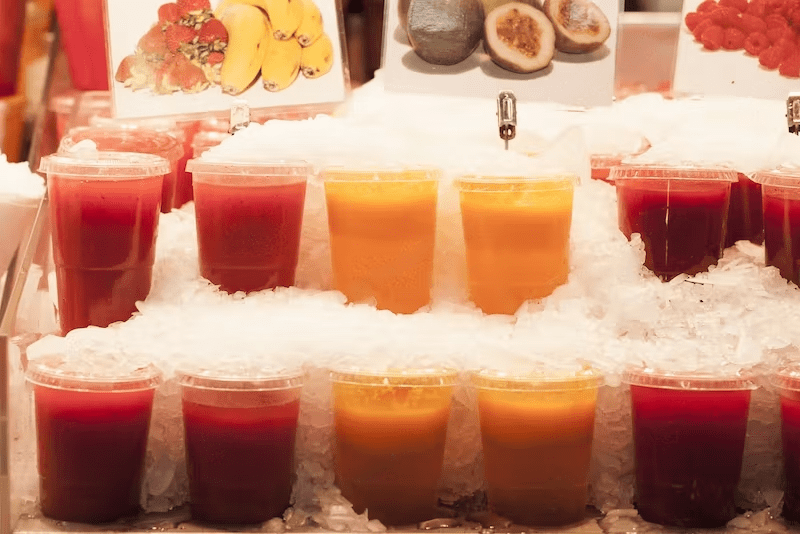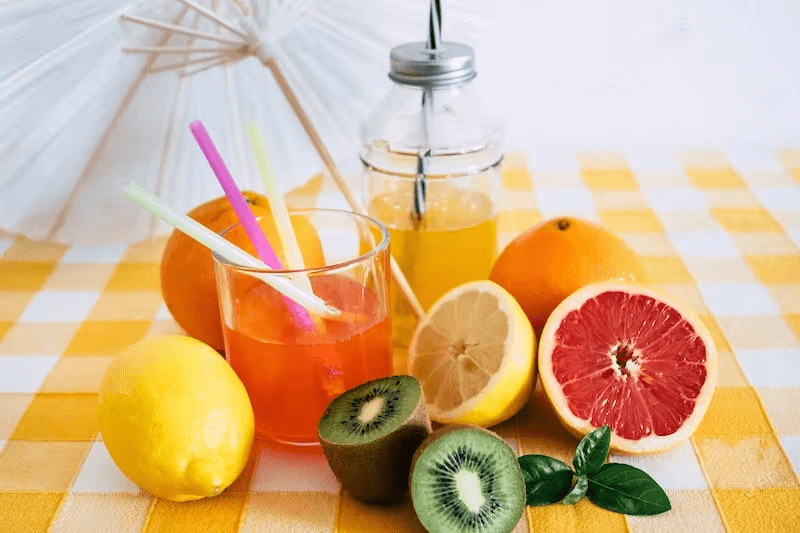
Whether you’re looking for a quick and easy way to satisfy your sweet tooth or want something specifically tailored for health purposes, this fruit smoothie recipe will take you by storm. So get started today and see the results for yourself!
Pasteurisation of fruit juice is a process used to reduce the number of microorganisms in the juice. This process involves heating the juice to a certain temperature for a specific amount of time, which kills off any harmful bacteria and other microorganisms that may be present. The Pasteurisation process helps to extend the shelf life of fruit juices and make them safer for consumption.
The Pasteurisation process involves heating the juice to a temperature between 140°F and 160°F (60°C and 71°C) for a period of time ranging from 30 seconds to several minutes. The exact temperature and time depend on the type of juice being pasteurized.
The juice is then cooled quickly to prevent further cooking and preserve its flavour and nutritional value. After the Pasteurisation process is complete, the juice is ready for consumption.

There are several benefits associated with pasteurising fruit juice, including:
Methods of Pasteurisation are important in the food industry because they help to ensure that food is safe and healthy. There are different methods of Pasteurisation, and each has its own advantages and disadvantages.
The most common methods of Pasteurisation are:
High-temperature short time Pasteurisation is a process used to protect food from spoilage. The process involves heating food until it reaches a temperature of about 145 degrees Fahrenheit.
This high temperature creates a stressful environment to kill viruses and bacteria. Once the food is at this temperature, it is cut into small pieces and put into a vat. Pasteurisation occurs in the vat and causes the food to reach a temperature of about 140 degrees Fahrenheit.
Higher heat Shorter Time Pasteurisation (HHTP) is a new method that can reduce time-to-peak sterilisation rates by up to 50%.
In a study published in the Journal of Food Protection, researchers compared HHTP with traditional Pasteurisation methods and found that HHTP achieved peak sterilisation rates similar to those achieved with traditional methods.
Ultra-high temperature Pasteurisation (UHTP) is a technique employed to prevent the release of harmful microorganisms from food products. UHTP kills many microorganisms, including bacteria, viruses, and parasites.
The process produces a sterile product that can be stored at a high temperature without spoilage. Using UHTP, producers can ensure their products are safe for human consumption without microbial contamination.

It’s important to be cautious and never eat unpasteurised juice.
Juices have varying shelf life depending on the method of packaging. Due to the Pasteurisation technique used and the packing method, long-life juices typically retain for six to twelve months when the package is kept sealed and do not require chilling. Juices with a short shelf life, which can last up to 30 days, must be refrigerated.
Freshly squeezed fruit juices are often packed and shipped to merchants within 24 hours in the UK, where they are required to have a shelf-life of no longer than 14 days and little to no Pasteurisation.
The majority of juice sold in the US is pasteurized (heat-treated) to eradicate dangerous microorganisms. The same outcome can be achieved by treating juice products without heat.
On the other hand, some supermarkets, health food shops, cider mills, farmers’ markets, and juice bars sell packaged juice that was prepared on-site but has not been pasteurized or otherwise treated to ensure its safety.
In conclusion, the pasteurisation of fruit juice effectively removes many harmful bacteria that can cause spoilage in food. This process also helps to improve the flavour and texture of the drink.
Was this article helpful? Let us know in the comments.
Pasteurisation is a heat-treatment process that destroys pathogenic microorganisms in certain foods and beverages.
The word “pasteurised” will appear on the product label because most juices sold in supermarkets have been pasteurised. Juices that are freshly squeezed or pressed and served at juice bars, roadside stalls, and farmers’ markets are probably not pasteurised.
Most experts believe that heating orange juice during Pasteurisation results in a heated juice flavour, which gets stronger as the Pasteurisation conditions get more rigorous. It has been challenging to find proof of the precise flavour changes occurring.
Pearl Lemon Juice is a part of the Pearl Lemon Group. We also own Bubble Tea, Matcha, and Coffee beverage café’s in Fulham and Marleybone!
© All Rights Reserved | Company Number: 10411490 | VAT Number: 252 7124 23 | Sitemap